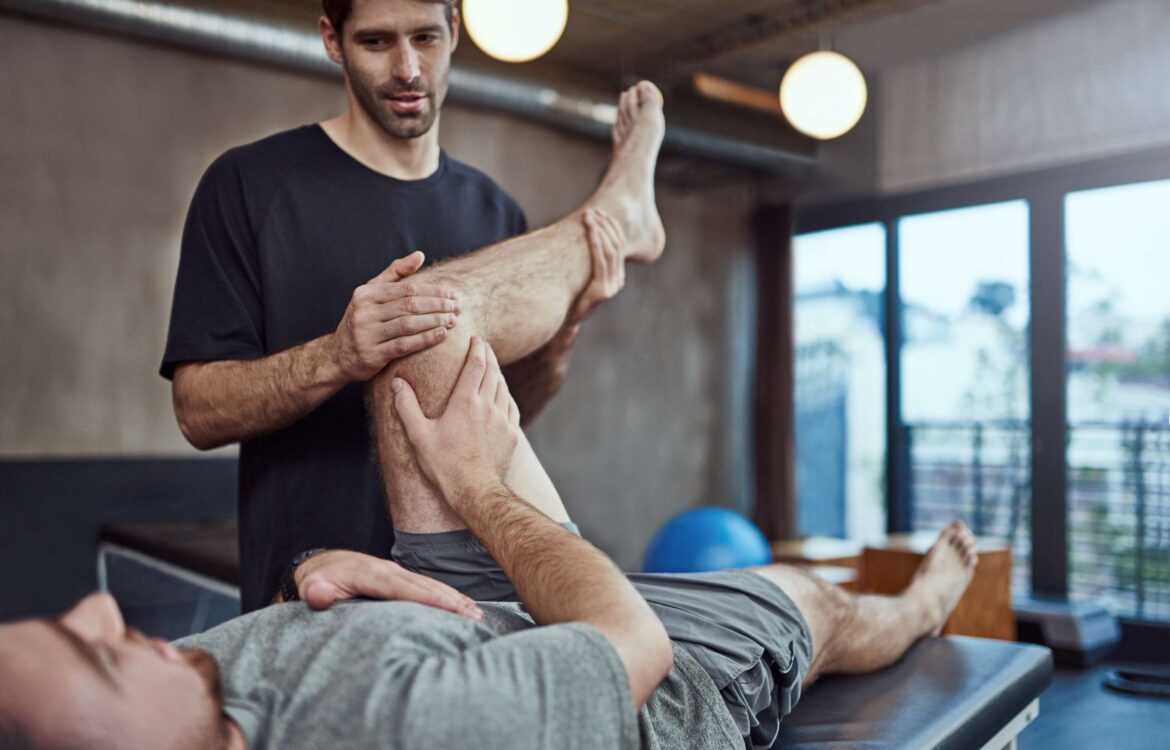Maintaining flexibility as you age is essential for overall health, mobility, and quality of life. As we get older, our muscles naturally lose elasticity, and our joints may stiffen, making it harder to move freely. However, there is a possibility for you to preserve and even improve your flexibility.
Regular stretching and mindful movement can help counteract the effects of aging, reduce pain, and prevent injuries. Incorporating body stretching near me into your routine is key to staying limber and feeling youthful.
Make stretching a daily habit:
One of the most effective ways to keep your body flexible is to stretch regularly. Aim for at least 10-15 minutes of stretching each day, focusing on the major muscle groups. You don’t need to do anything intense—simple stretches like hamstring stretches, shoulder rolls, and gentle back bends can go a long way in maintaining mobility. Make it a routine so that flexibility becomes part of your everyday lifestyle.
Focus on dynamic stretching:
Dynamic stretching involves moving your muscles and joints through their full range of motion. These stretches are ideal for warming up your body before exercise or physical activities. Leg swings, arm circles, and torso twists are examples of dynamic stretches that help increase flexibility. Unlike static stretching, where you hold a position, dynamic stretching keeps the body moving and promotes better flexibility as it activates muscle groups.
Incorporate yoga or pilates:
Yoga and pilates are excellent for improving flexibility, balance, and strength, making them great practices as you age. Both offer a range of stretches and poses that target various areas of the body, improving joint mobility and muscle length. The controlled movements in yoga and pilates can help prevent overextension while improving overall flexibility. Many people find that these practices boost flexibility and also promote mental relaxation and stress relief.
Stay hydrated:
Drinking enough water is often overlooked in the flexibility equation. Proper hydration helps maintain the elasticity of muscles and joints, making it easier to stretch and move. Dehydration can lead to muscle stiffness and discomfort, so ensure to drink plenty of fluids, especially when you’re active or stretching.
Strengthen your muscles:
While stretching is essential for maintaining flexibility, strength training also plays a significant role. Strong muscles support flexible joints, helping you maintain proper posture and preventing stiffness. Incorporate light weightlifting or bodyweight exercises like squats, lunges, and push-ups into your routine to build strength and improve flexibility.



